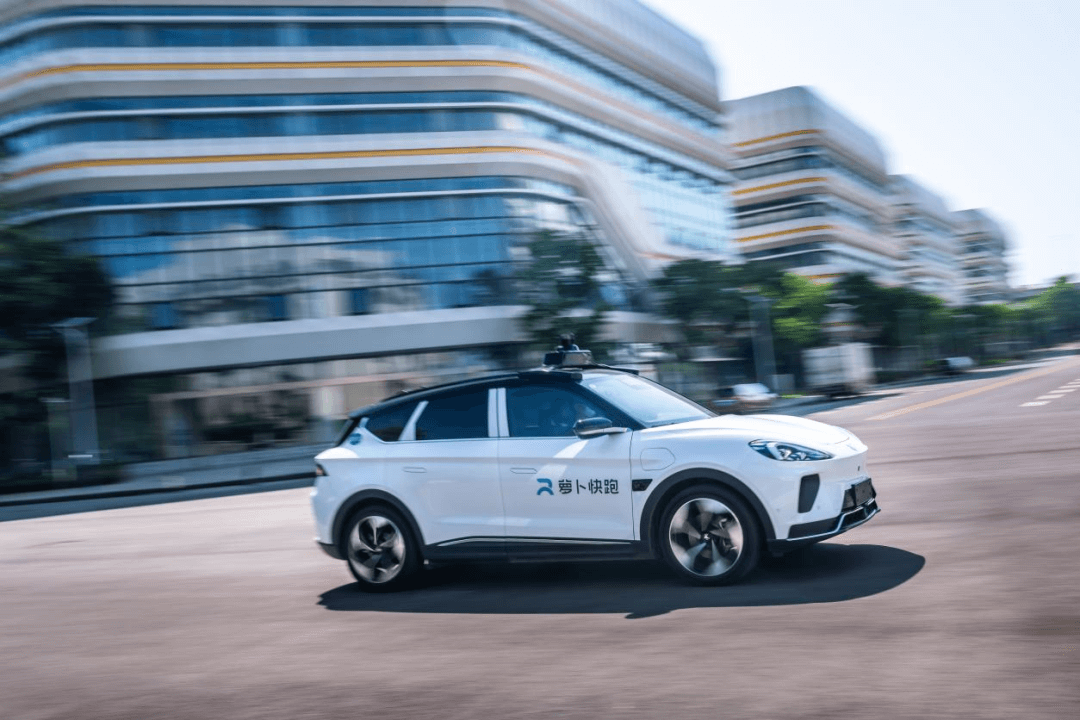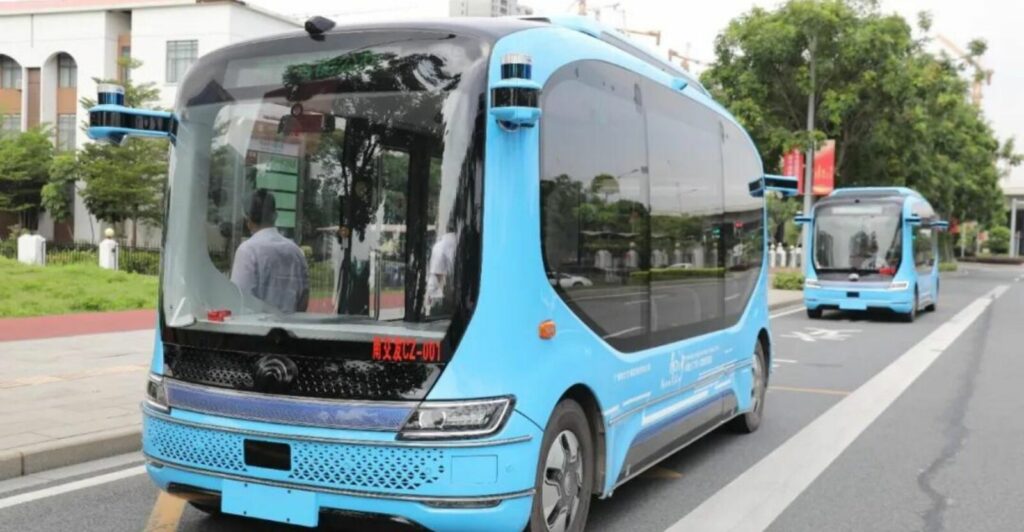
China released draft rules to accelerate the deployment of autonomous vehicles
China is accelerating the development of autonomous (driverless or self-driving) vehicle technology in the country. Ministry of Transport has published the draft guidelines in the first week of August 2022 for the commercial use of fully autonomous vehicles. The draft guidelines are released for public feedback on September 7. The new policy will help to accelerate the development and deployment of new fleets of autonomous buses, self-driving taxis and commercial vehicles nationwide.
Key points covered by the draft guidelines are:
- Autonomous buses will be allowed to operate on closed routes, while self-driving taxis would run on roads with light and controlled traffic conditions.
- Driverless transport of goods will be allowed in certain areas, but these vehicles will be prohibited from carrying hazardous items such as explosives.
- Operators of autonomous public transport services will also be required to provide third-party liability insurance of more than $740,000 (Y5 million), as well as insurance covering work safety and compulsory automobile liabilities.
- A human driver inside vehicles is classified as conditional and highly autonomous (L4 Level), while a remote driver or safety operator is needed for fully autonomous vehicles (L5 Level).
- In cases of accidents or system failures, the autonomous vehicle must be able to record and save data covering at least 90 seconds before and 30 seconds after an incident, including information about changes in control and remote instructions.
- Operators of autonomous public transport services must provide such data to local authorities.

In September 2021, China issued the six-tier standard, “Taxonomy of Driving Automation for Vehicles”, which provides official definitions for self-driving cars. The standard was finalized by the Ministry of Industry and Information Technology, and 11 OEMs and supply chain companies. The driving automation level “Automotive Driving Automation Classification” is divided into L0-L5:
Emergency assistance (Level 0) – can perceive the environment and provide prompt information or briefly intervene in vehicle control to assist the driver in avoiding danger.
Partial Driver Assistance (Level 1) – requires that the driver and the driving automation system must jointly perform driving tasks, and the driver needs to supervise the behavior of the driving automation system and perform appropriate responses or actions.
Combined Driver Assistance (Level 2) – continuously performs vehicle lateral and longitudinal motion control in dynamic driving tasks under its designed operating conditions, with partial target and event detection and response capabilities.
Conditionally Automated Driving (Level 3) – continuously performs all dynamic driving tasks under its designed operating conditions, until the system issues a takeover request, or when the vehicle fails.
Highly Automated Driving (Level 4) – continuously perform all dynamic driving tasks under its designed operating conditions to reduce the risk of accidents should the driving automation system fail to perform the necessary actions.
Fully Automated Driving (Level 5) – has no operating design range and can continuously perform all dynamic driving tasks under any driving conditions.


